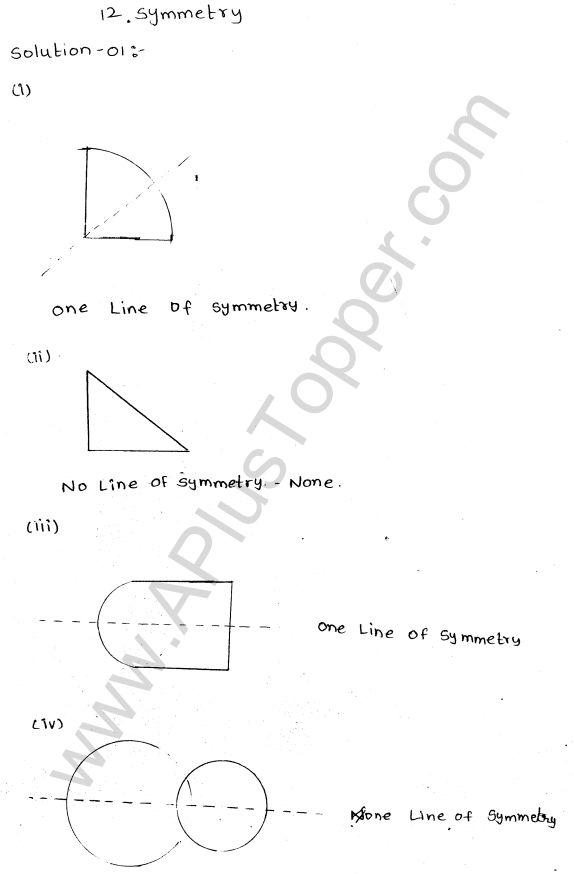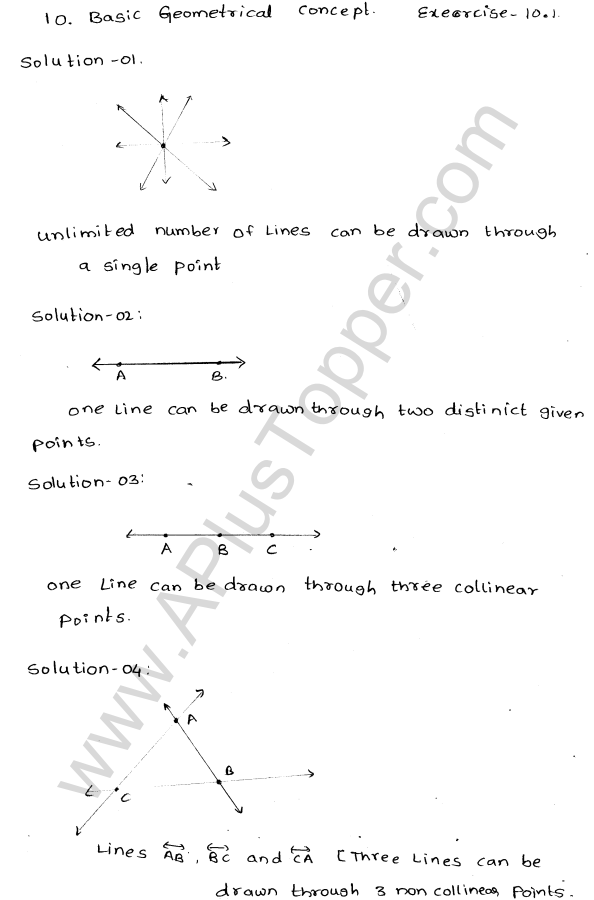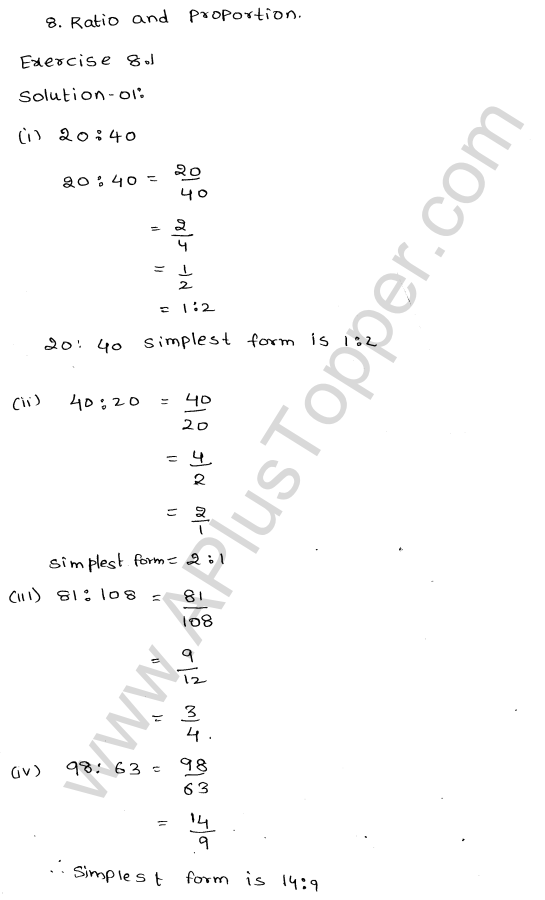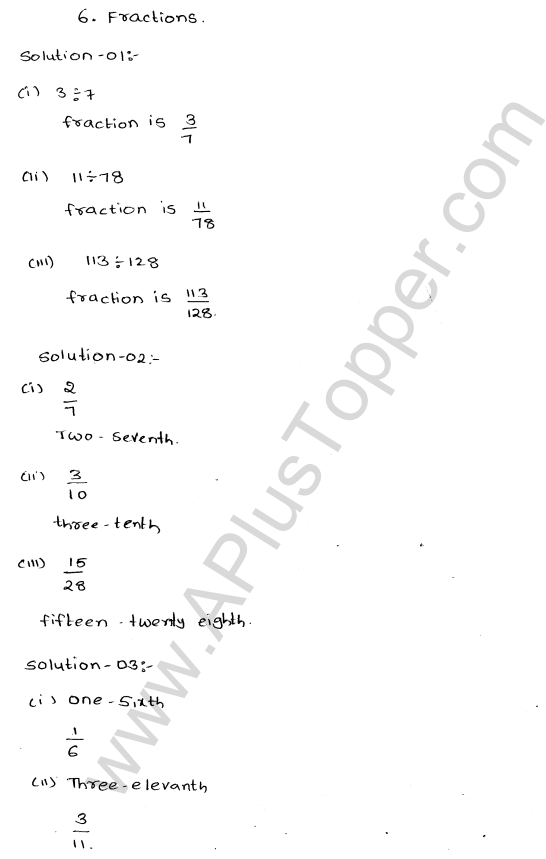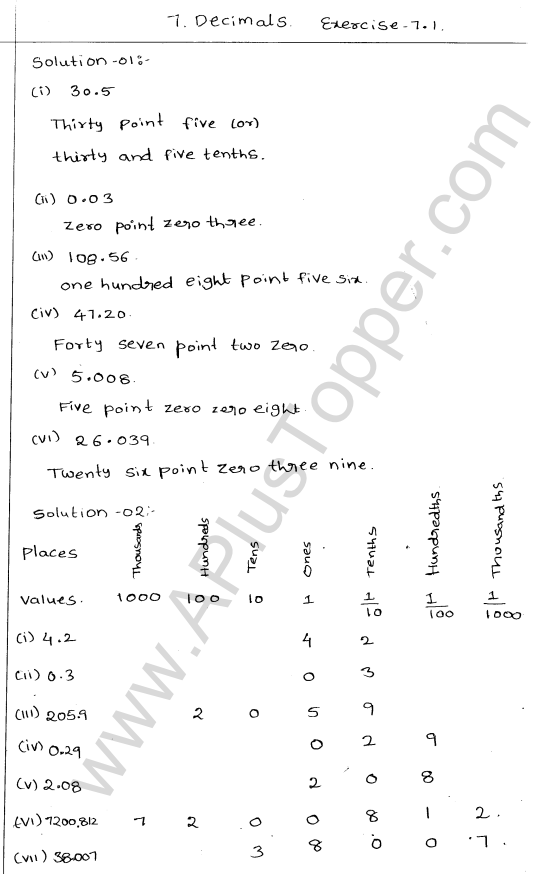What is the enthalpy of neutralization?
What is the enthalpy (heat) of neutralization? Neutralisation is the reaction between an acid and a base to form a salt and water.Some examples of neutralisation reaction are as follows. During neutralisation reaction, hydrogen ions from acid react with…
What is heat of precipitation?
What is heat of precipitation? Heat of precipitation: When two aqueous solutions are added together and a precipitate is formed, this reaction is called a precipitation reaction or double decomposition. This reaction is used to prepare insoluble salts.Th…
Types of food additives and their functions
Types of food additives and their functions Food Additives A food additive is a natural or synthetic substance which is added to food to prevent spoilage or to improve its appearance, taste or texture. Types of food additives and their functions Food add…
How does a voltaic cell work?
How does a voltaic cell work? A voltaic cell is a device which converts chemical energy to electrical energy.The chemical reactions that take place inside the cell cause the flow of electrons and hence, electricity is produced.A simple voltaic cell is ma…
What do you mean by transition metals?
What do you mean by transition metals?Transition ElementsThe position in the Periodic Table:Figure shows the positions of transition elements in the Periodic Table. Transition elements are elements from Group 3 to Group 12 of the Periodic Table.There are…
Physical and Chemical Properties of Group 1 Elements
Physical and Chemical Properties of Group 1 ElementsGroup 1 Elements: The Alkali MetalsThe elements in Group 1 are: These elements are known as alkali metals. Physical Properties of Group 1 Elements1. Table shows some properties of Group 1 elements.Elem…
Analysing the Electrolysis of Aqueous Solutions
Analysing the Electrolysis of Aqueous SolutionsAn aqueous solution of a compound is a solution produced when the compound is dissolved in water.An aqueous solution of a compound contains (a) anions and cations of the compound. (b) hydrogen ions, H+ and …
What is Covalent Bond?
What is Covalent Bond?The Covalent BondCovalent bonds are formed when atoms of non-metals combine with each other to form a molecule. Non-metal + Non-metal → Covalent compoundThe non-metals involved can be (a) the elements from Groups 15, 16, and 17 of t…
How do Scientists Design Experiments Using the Scientific Method?
How do Scientists Design Experiments Using the Scientific Method?Scientific Method:As in all other fields of science, the knowledge of chemistry is gathered through the scientific method, a systematic method used by scientists in their investigations.Gen…
Chemical Bonding and Compound Formation
Chemical Bonding and Compound Formation How do compounds form?Formation of Compounds: Naturally occurring free elements (a) Out of all the known elements around us, only very few elements exist naturally as free elements in the earths crust. (b) Elements…




